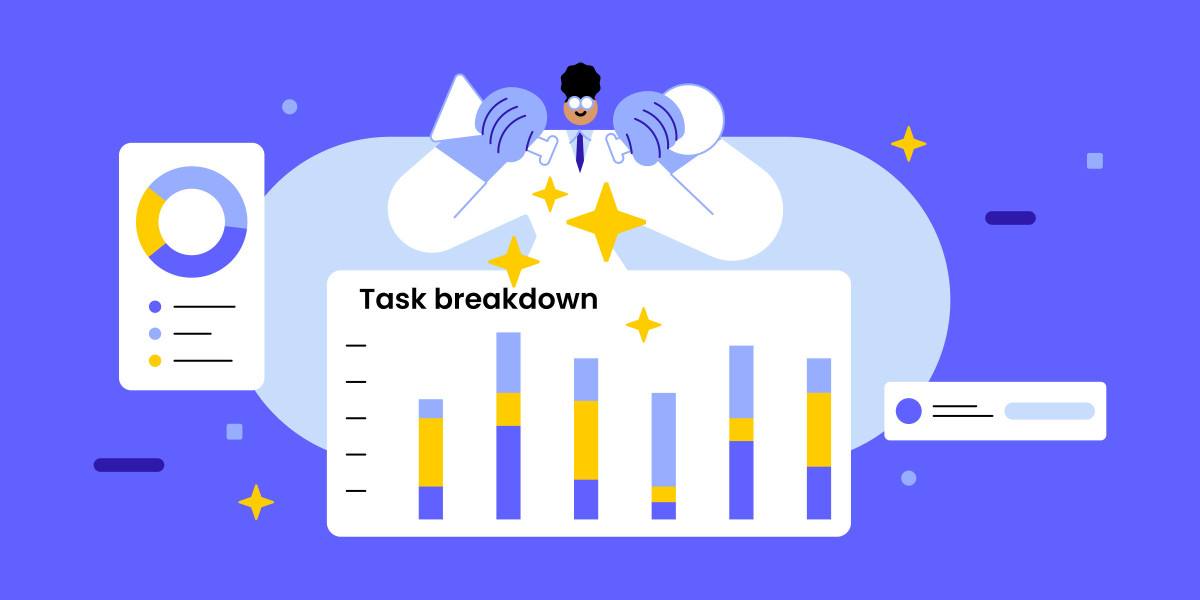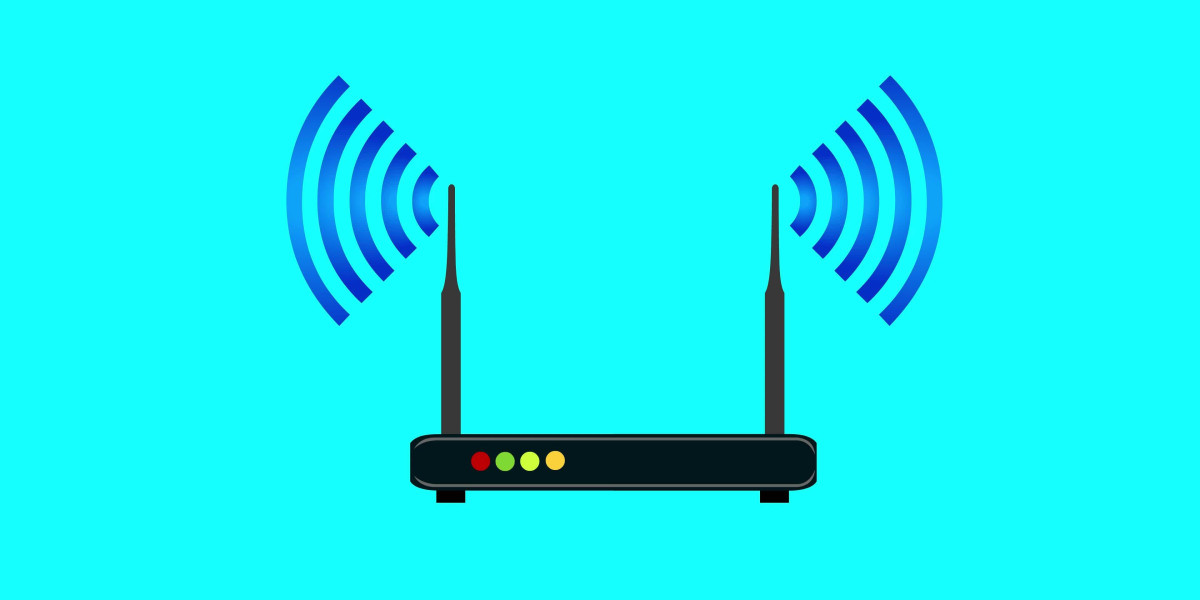Introduction
The digitizing services industry has experienced a seismic shift in 2025, thanks to the rapid advancement of Artificial Intelligence (AI). Whether you're in embroidery, custom apparel, promotional merchandising, or industrial textile design, AI-powered digitizing is no longer a futuristic concept—it's a practical tool reshaping how we work. This guest post dives deep into how AI is transforming digitizing services across industries, reducing time-to-production, enhancing precision, and creating unmatched creative freedom.
What Are Digitizing Services?
Digitizing services refer to the process of converting artwork, logos, and designs into a digital format that machines can interpret. In embroidery, this means translating a 2D image into stitch commands. In laser cutting or CNC systems, it involves turning sketches into vector-based paths. AI-driven digitizing now enables all this to be faster, smarter, and more adaptive.
AI’s Disruptive Role in Digitizing Workflows
1. From Manual to Machine-Learning
In the past, digitizing required skilled professionals to plot every stitch or vector path. AI has changed that. With machine learning, digitizing software learns from thousands of prior examples to auto-generate stitch paths, cutlines, and optimized design formats.
2. Pattern Recognition and Smart Optimization
AI can now analyze intricate images, detect optimal stitch types, and apply the right settings for fabric types—all within seconds. This not only saves time but also reduces human error and ensures consistency at scale.
3. Real-Time Feedback and Correction
AI platforms provide immediate previews and error checks—flagging problems like over-density or underlay issues even before stitching or rendering starts. This proactive approach saves materials and boosts output quality.
Advantages of AI-Driven Digitizing Services
Speed and Efficiency
What used to take hours is now completed in minutes. AI significantly reduces turnaround times, making it perfect for high-volume needs.
Precision
AI systems deliver accurate results that are fine-tuned for fabric type, tension, thread type, and even climate-specific factors.
Creativity Without Limits
Designers can now focus on the art without worrying about technicalities. AI handles the conversion and formatting, opening creative doors for detailed, complex work.
Scalability for Businesses
Whether you're running a one-person shop or managing a nationwide production house, AI allows you to scale without adding more manpower.
Cost Savings
Fewer test runs, minimized material wastage, and shorter production cycles equate to a leaner cost structure.
Industries Benefiting from AI-Powered Digitizing
Apparel and Fashion: Faster customization for seasonal or trending designs
Corporate Branding: Efficient production of promotional items
Sportswear: Precision and consistency in mass production
Medical Textiles: Enhanced accuracy for specialty fabrics
Industrial Manufacturing: Integration with robotic machinery
Best AI-Based Digitizing Tools in 2025
PulseID AI – Built for industrial embroidery automation
Wilcom AI Suite – Intuitive platform with stitch estimation and pattern prediction
TruEmbroidery AI Edition – Mac-compatible and designer-focused
Embrilliance Next-Gen – Real-time previews with auto-adjust features
AI StitchLab – For large-scale, high-speed operations
How AI Digitizing Works: A Step-by-Step Overview
Upload the design or artwork
AI analyzes the file for lines, curves, density, and patterns
Suggestions are made for stitch type, underlay, and compensation
User approves or modifies suggestions
Output is generated in .DST, .PES, .EXP, or compatible file format
Real Use Cases and Success Stories
Case 1: E-Commerce Apparel Brand
A rising online apparel brand used AI digitizing to reduce product development from 7 days to 48 hours. This agility allowed them to ride viral trends instantly.
Case 2: Corporate Gifting Company
This company deployed AI tools to produce 5000 embroidered giveaways for a trade show in just 72 hours—cutting their labor costs by 40%.
Case 3: Independent Designer
A solo embroidery artist began using AI software and doubled their output by automating stitch planning, making time for more custom commissions.
Common Challenges and How to Overcome Them
Learning the Software
Even AI-based platforms have a learning curve. Most offer tutorials or onboarding sessions.
Upfront Investment
Quality AI digitizing software comes with a cost. However, ROI is often achieved within months.
Balancing Creativity and Automation
While AI is powerful, human input is still key to ensuring brand and artistic integrity.
Emerging Trends in 2025 and Beyond
Voice Command Digitizing
Augmented Reality Stitch Previews
AI Design Suggestions Based on Market Trends
Blockchain for Design Ownership Protection
SEO-Boosting Tips for Guest Posting on This Topic
Add internal links to relevant services and blog pages
Embed real-world images and videos of digitizing software in action
Optimize H2 and H3 headings with long-tail keywords
Use bullet points for readability
Keep paragraph length under 100 words for mobile readability
FAQs
Q1: Can AI digitizing handle all types of embroidery?
Yes, most AI tools come with presets for different fabric types and stitch styles.
Q2: Is AI digitizing only for large businesses?
No, solopreneurs and small studios can benefit just as much due to reduced workload.
Q3: What file formats are supported?
AI tools export in formats like .DST, .PES, .EXP, .JEF, etc.
Q4: Are there cloud-based AI digitizing tools?
Yes, many modern tools offer web-based platforms with cloud storage.
Q5: How do I choose the right AI digitizing software?
Consider your production scale, budget, and level of automation needed.
Conclusion
AI-driven digitizing services are setting a new standard in design and textile manufacturing. From fast turnaround to unmatched accuracy and scalability, embracing AI is no longer optional—it's a strategic move for 2025 and beyond. For those in embroidery, printing, or any design-heavy workflow, integrating AI into your digitizing process means staying competitive in a fast-evolving market. Don’t just digitize—intelligently digitize with AI.



